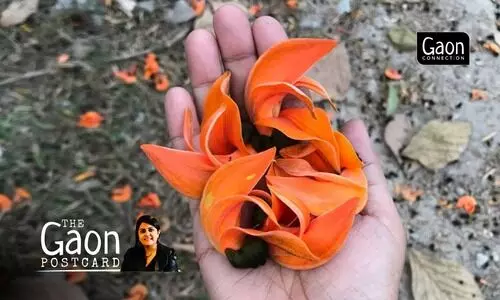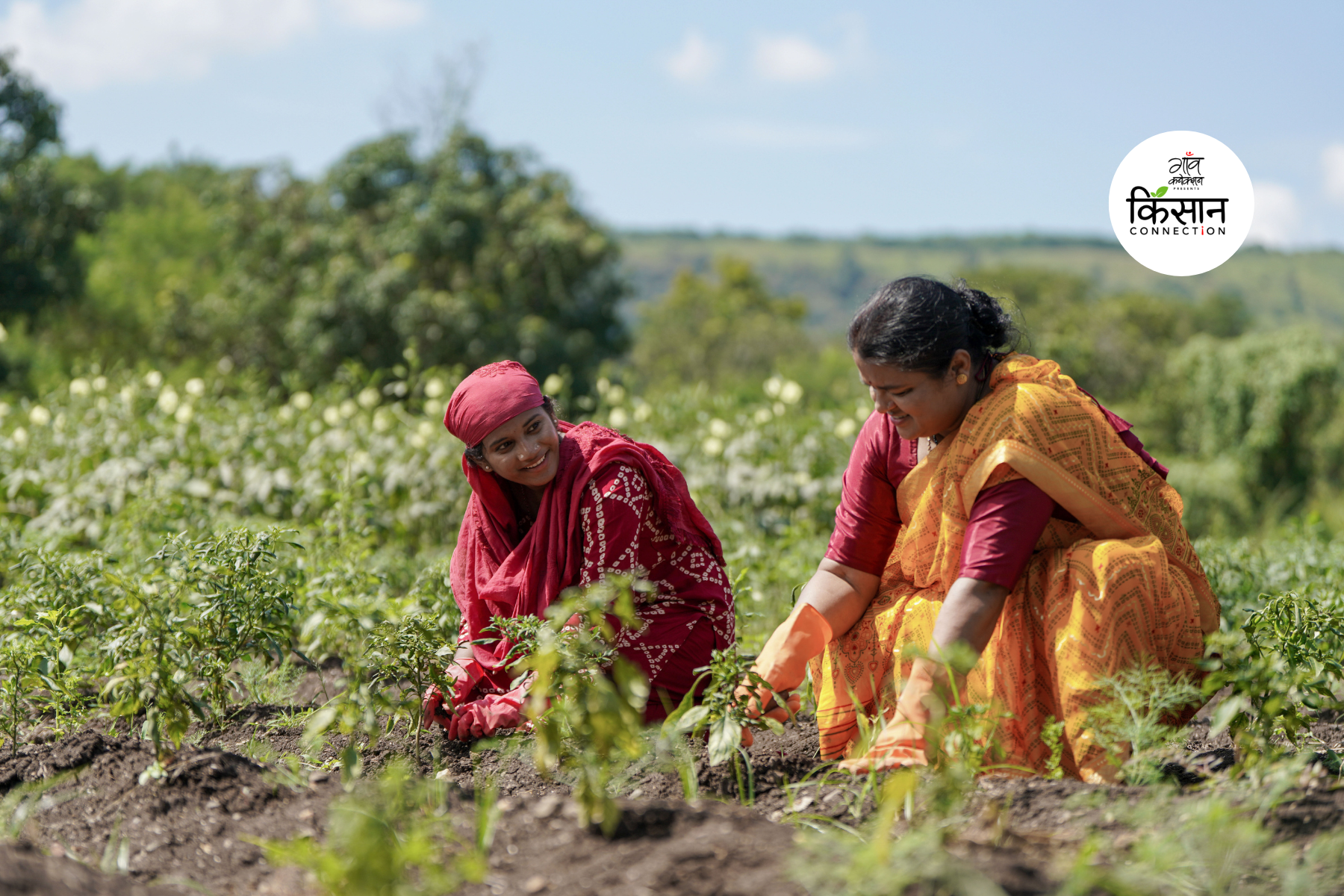Remember the basant of yore? How the winter slowly gave way to spring when tiny green leaves took their own sweet time to appear on trees! Buds were not in a hurry to bloom.
The flowers in the pots at home danced in the cool breeze of lazy spring afternoons, and wheat crops patiently waited for the temperature to rise to slowly turn golden yellow and be ready for harvest by April in time for Baisakhi festival.
Those days, it was too warm for blankets but one still needed a sheet at night. As kids, we wanted to shed those thick hand-knitted sweaters, but our mothers were watchfull and did not allow us to take them off. If we switched on the fan when we came back from playing outdoors with our cheeks flushed, we invited wrath: “You will fall sick; it is spring season, not summer yet.”
That kind of spring has now gone missing. Like our childhood, it seems to belong to a bygone era. Now in just a couple of days the mercury jumps many degrees and the harsh Indian summer is upon us. From rajai and no-fan nights, we go straight into air conditioned rooms.
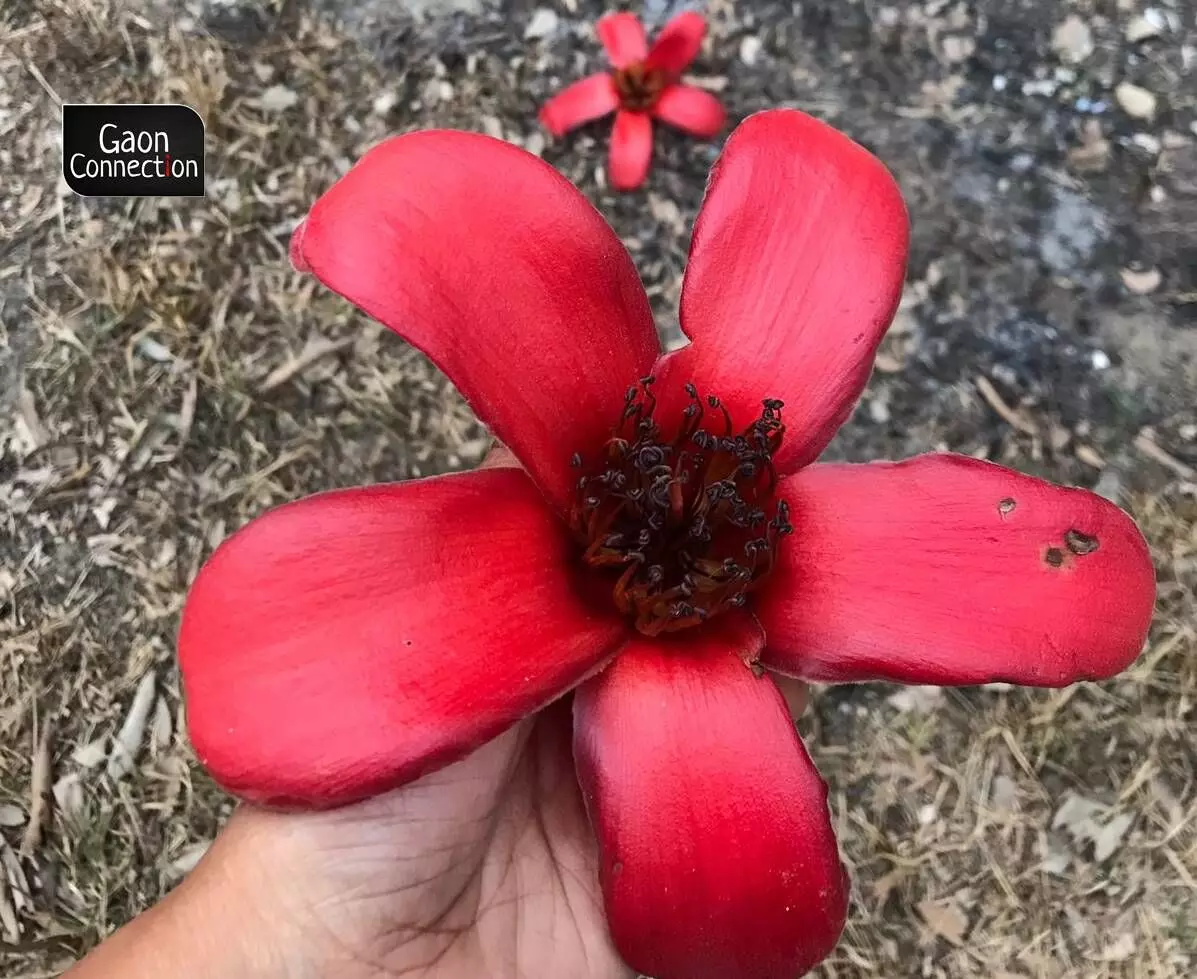
Flowers bloom for a couple of days and wilt in the scorching heat.
Flowers bloom for a couple of days and wilt in the scorching heat. And, more worryingly, the productivity of the rabi crops is getting affected by the sudden rise in temperature.
Also Read: Rising exports, low procurement and a drop in wheat yield: Is India headed for a wheat shortage?
Last month India recorded its hottest February since record-keeping started in 1901! Early heatwaves are having a catastrophic impact on foodgrain crops and our food security. Gaon Connection has been consistently documenting these stories from the food bowl of the country.
Our weather patterns have gone awry — scanty rainfall in the monsoon season followed by floods post-monsoon; no winter rain but hail when crops are ready for harvest.
Double whammy: Silent spring, missing spring
Two decades ago, I started my journey as a journalist — an environment reporter, to be precise, but back then there was no such term to describe what I did.
Environment was considered a fairly unimportant and boring beat, and hence reserved for reporters who did not do ‘breaking news’ kind of stories.
Reports on the environment rarely made it to TV newsrooms, and were buried deep inside newspaper pages, which rarely caught readers’ attention.
I was fortunate I did not have to compete with other ‘important’ beats, as I worked with an environment and science fortnightly where environment was the overarching theme and all the other beats/ stories — politics, women, ministries, foreign policy, PMO, food grains, etc — were looked at through the prism of environment.
Also Read: Same story, different year: High February temperatures haunt wheat farmers for 2nd consecutive year
Long before terms like ‘environmental politics’ or ‘global environmental politics’ became popular and fashionable, we were already reporting on them.
Pesticides in the food chain, species getting extinct, increasing incidences of droughts and floods, environmental migrants, global warming and climate change, crop failure, Global North vs Global South, carbon emissions… these were our everyday stories.
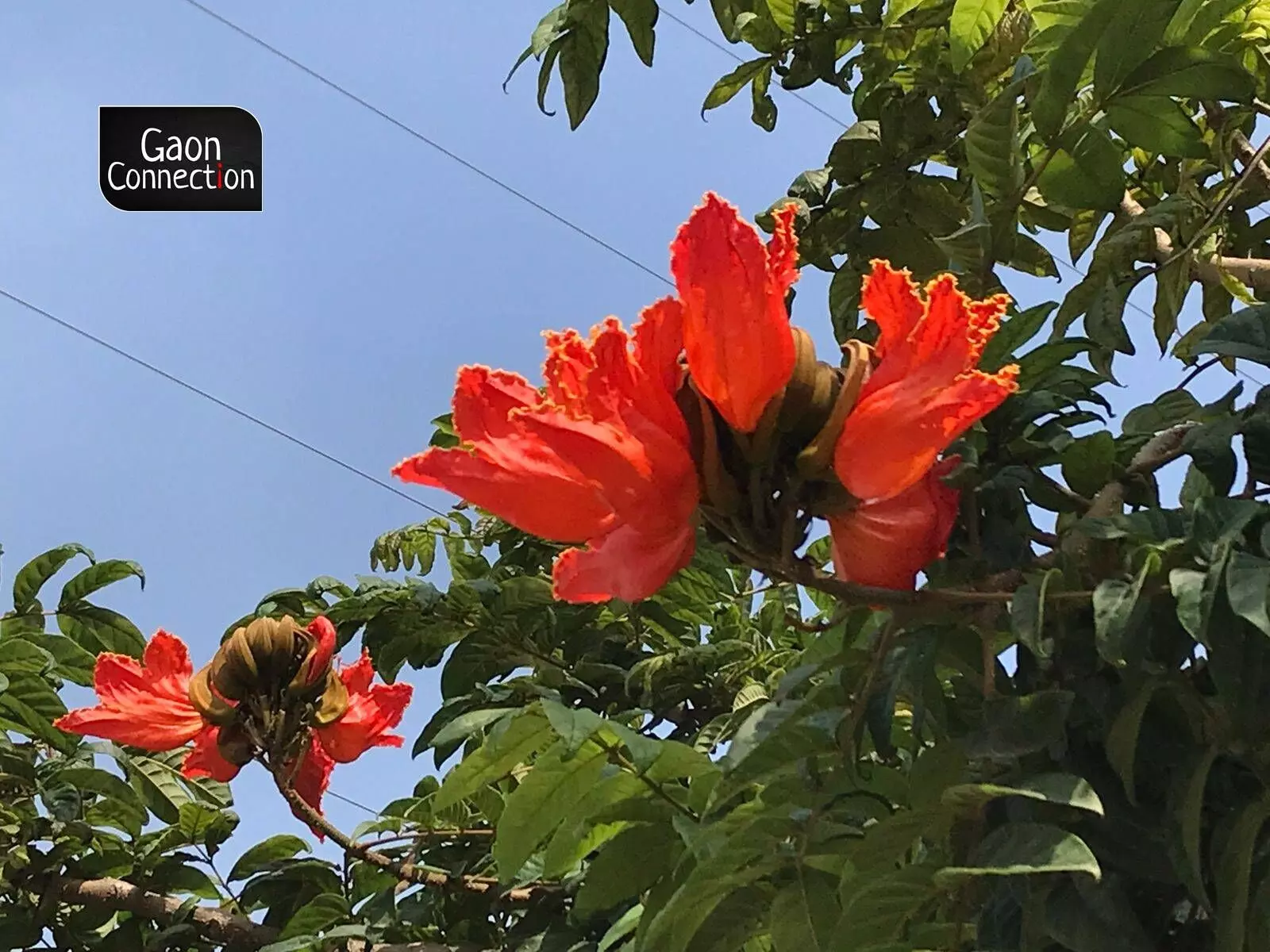
A silver lining in the dark cloud is that the environment is no more an unimportant and boring beat
Back then (and even now), it was considered mandatory for an environment journalist to have read Rachel Carson’s landmark book, Silent Spring (published in 1962).
Carson, a renowned nature author and a former marine biologist with the U.S. Fish and Wildlife Service, meticulously described in her book how DDT (Dichlorodiphenyltrichloroethane, a synthetic insecticide) entered the food chain and accumulated in the fatty tissues of animals, including human beings, and caused cancer and genetic damage.
She carefully documented how a single application on a crop continued to kill insects for weeks and months and remained toxic in the environment even after it was diluted by rainwater. In the book’s most disturbing chapter, ‘A Fable for Tomorrow’, she described a nameless American town where all life had been “silenced” by the damaging effects of DDT.
Also Read: A village in Bihar goes organic, transforming the lives of its women
The shocking details she wrote were initially mocked at and made fun of. But, the book did pave the way for governments to regulate and ban several pesticides. Lawsuits were filed, and environmental movements gained force worldwide.
And now it is a double whammy — silent spring and missing spring. Spring is gradually dying out. We barely experience it anymore in the country. And worse is expected to follow, as climate scientists have been warning.
Countries across the globe are registering concern about the rising heat and its impact on all life forms on the planet. Our survival is threatened. CoP (Conference of the Parties) meetings are regularly organised under the UNFCCC (United Nations Framework Convention of Climate Change) with the global goal of limiting warming to 1.5 degrees Celsius above pre-industrialised levels.
A silver lining in the dark cloud is that the environment is no more an unimportant and boring beat. Environment is mainstream. Everything else, including our survival, hinges on it. Melting of glaciers and transboundary rivers have political implications. Rising sea levels, disappearing lands and increasing disasters are already turning people into environmental migrants. Erratic weather is a direct threat to our granaries.
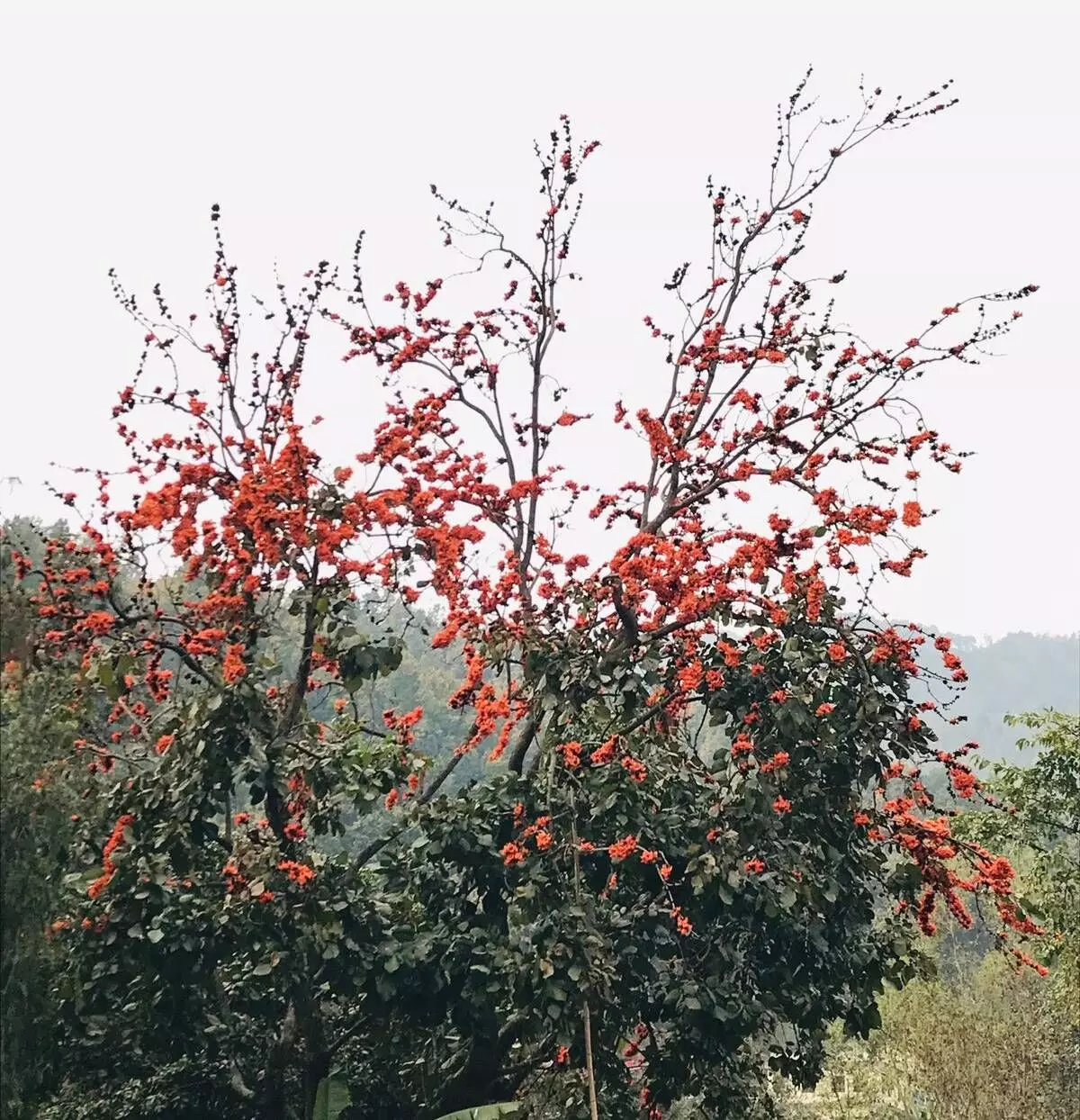
Countries across the globe are registering concern about the rising heat and its impact on all life forms on the planet.
Missing spring is worse than a silent spring
Last month, in February, I travelled to Nepal to attend a write-shop on energy transition in the Ganges River Basin, which is shared between India, Nepal and Bangladesh (and a small part in China). While travelling from Kathmandu to Nuwakot, I couldn’t stop appreciating the Semal (silk cotton) trees that dotted the countryside. The crystal clear waters of Trishuli river, a tributary of Gandak river that flows into the Ganga, added to the beauty of the journey.
Also Read: The Saga of the Scarlet Semal
Semal trees have a special place in my heart as we had one near our house in the hill town where I grew up. We children called it ‘raja-rani ka ped’ (a king-queen tree) and several spring afternoons were spent gathering its scarlet flowers.
During spring, the brightness of the semal’s red flower is enough to set one’s heart on fire as its tree stands naked, bereft of leaves, but blazing with hundreds of flowers that provide nectar to birds and also inspire poets and lovers to write verses celebrating love.
Semal signals spring, but it has been flowering early now and its magic disappears in a short period of time. At Nuwakot, while visiting a hydro project site, I spotted a carpet of semal flowers. Not very far was a carpet of palash with its flame-like flowers. Holding the flowers in my palms, I sent out a prayer to Spring to keep its date with semal and palash and the hundreds of other flowering trees that wait the whole year to spring to life and add beauty to our mundane lives.

